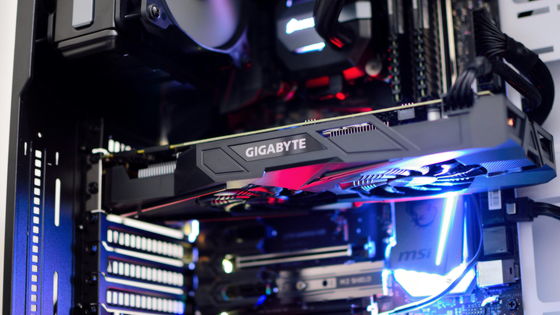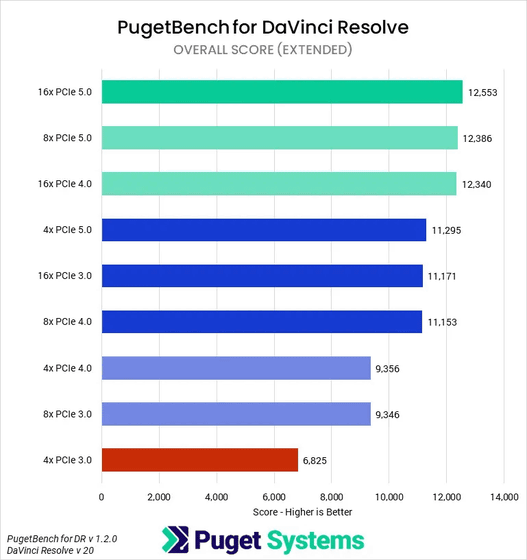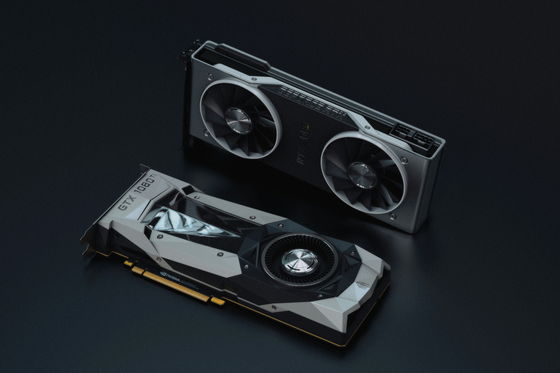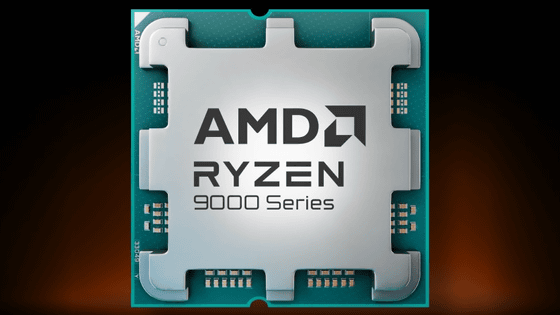How much impact does insufficient PCIe bandwidth have on graphics card performance? Can older PCIe standards provide sufficient performance?

While the lack of
Impact of PCIe 5.0 Bandwidth on GPU Content Creation Performance | Puget Systems
https://www.pugetsystems.com/labs/articles/impact-of-pcie-5-0-bandwidth-on-gpu-content-creation-performance/
Lack of PCIe bandwidth can nerf RTX 5090 by up to 25% in content creation workloads — Puget data confirms performance hit when using older generations and fewer lanes | Tom's Hardware
https://www.tomshardware.com/pc-components/motherboards/lack-of-pcie-bandwidth-can-nerf-rtx-5090-by-up-to-25-percent-in-content-creation-workloads-puget-data-confirms-performance-hit-when-using-older-generations-and-fewer-lanes
The PCIe version is largely determined by the motherboard specifications, but just because a motherboard supports the latest PCIe 5.0 x16 does not mean that all slots will have equal bandwidth. For example, if you plug two cards into a PCIe slot, it will default to an 8x lane configuration, halving the bandwidth.
Installing an additional NVMe SSD further reduces the number of available lanes and bandwidth, which can impact performance in various professional tasks. The same applies to motherboards that support older PCIe standards, which also have fewer lanes and less bandwidth.
The following is a graph comparing the PCIe version and number of lanes conducted by Puget Systems with the benchmark performance of the video editing software DaVinci Resolve. The newer the PCIe version and the more lanes there are, the higher the performance of DaVinci Resolve.

The best performance was achieved with PCIe 5.0 x16, which offers the most bandwidth. Puget Systems says the difference between PCIe 5.0 x16, PCIe 5.0 x8, and PCIe 4.0 x16 is 'trivial,' but that switching to PCIe 5.0 x4, PCIe 4.0 x8, and PCIe 3.0 x16 reduces performance by as much as 10 percent.
Additionally, when it comes to PCIe 4.0 x4 and PCIe 3.0 x8, performance drops by as much as 25% from PCIe 5.0 x16. Technology media Tom's Hardware pointed out that 'this is a performance drop that can have a serious impact on your business, potentially even reducing your profits through increased staff and equipment uptime.'
On the other hand, when the same test was performed with After Effects, the performance degradation of After Effects was relatively small even with the reduction in PCIe bandwidth, and only the slowest PCIe configuration was outside the margin of error. In the Unreal Engine 5.5
However, benchmarks of Llama, Meta's large-scale language model (LLM), showed little impact from the difference in PCIe bandwidth.

Available PCIe bandwidth can have a noticeable effect on performance in professional applications, especially video editing, although it's important to note that Puget Systems' tests were conducted with an NVVIDIA RTX 5090 , Tom's Hardware points out.
Tom's Hardware points out that 'The RTX 5090 is the fastest GPU in the world, excluding some professional options, and it requires more PCIe bandwidth than any other card. For systems built with more modest GPUs, the impact of PCIe bandwidth constraints may not be as great.'
Related Posts:
in Software, Hardware, Free Member, Posted by logu_ii







